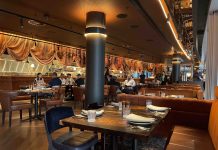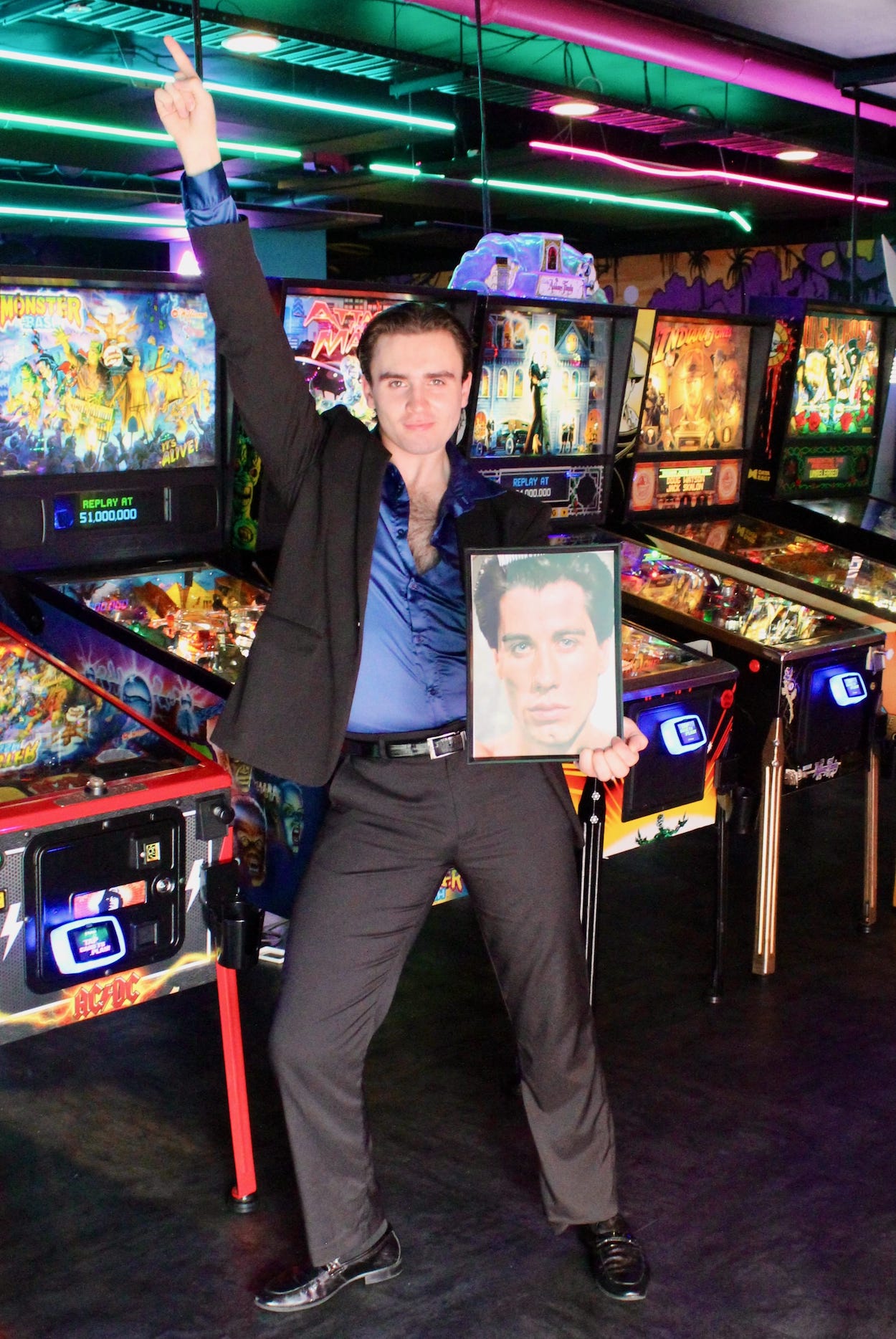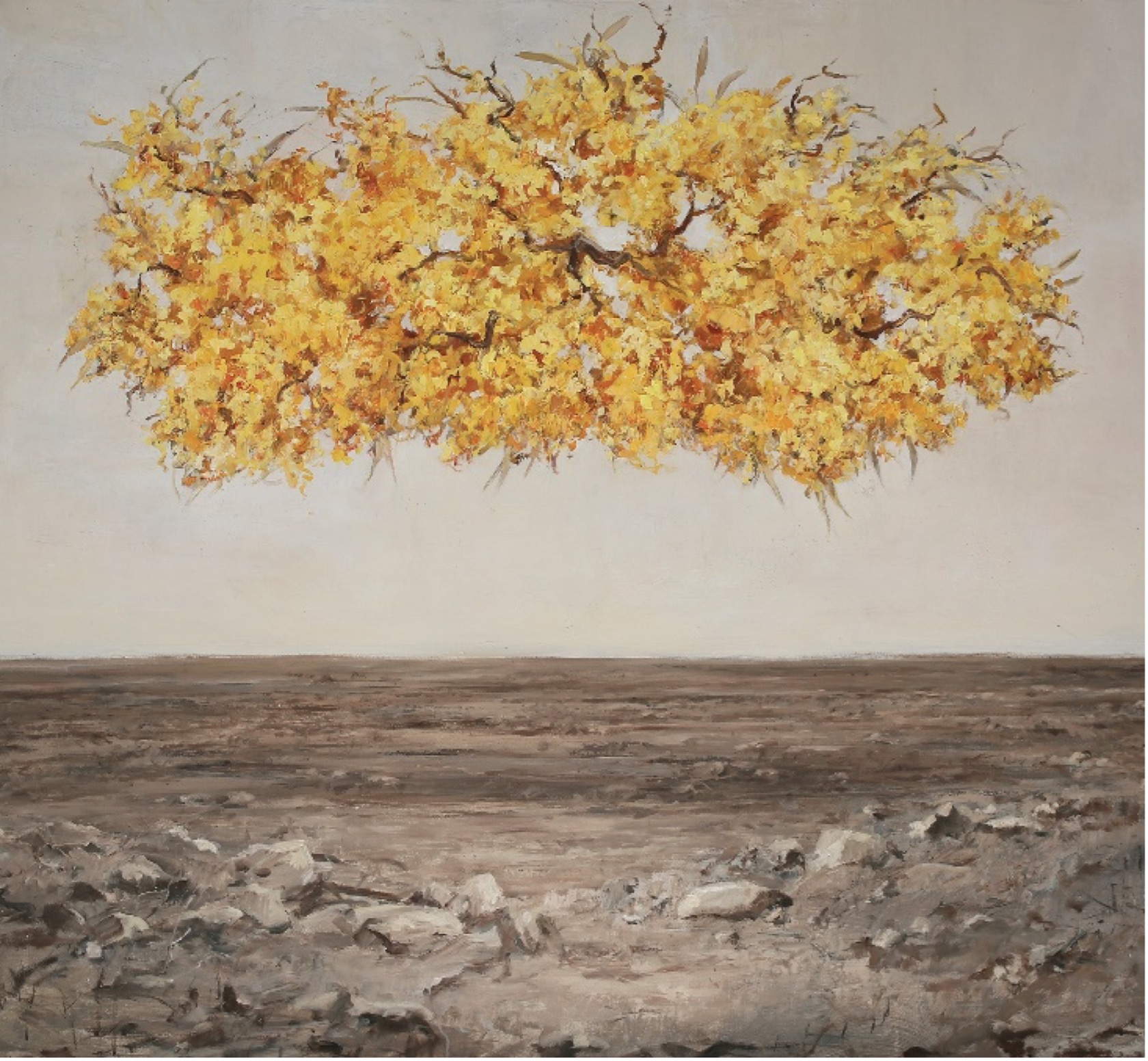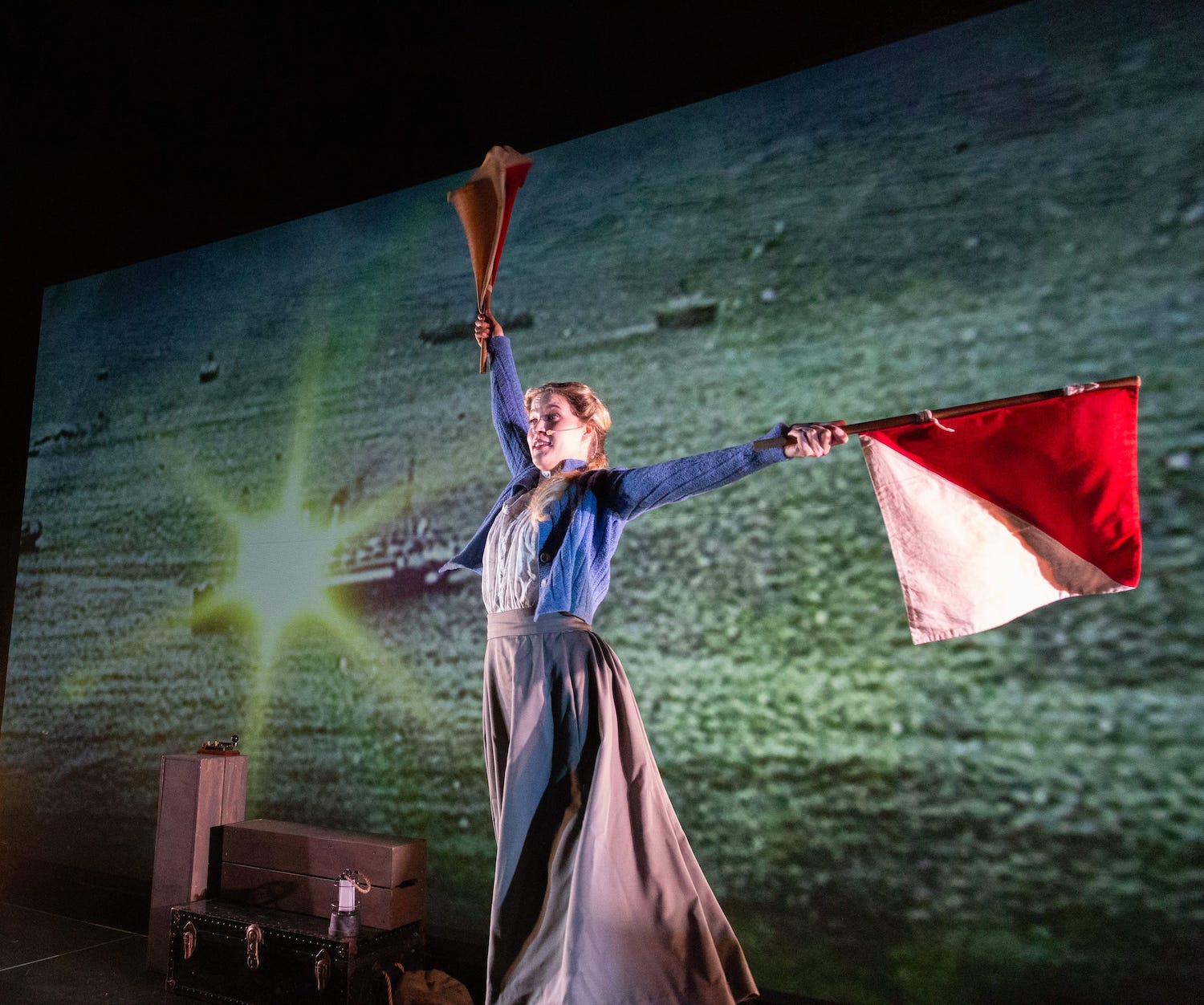It seemed like a really good idea at the time.
Cross the United States by train from San Francisco to New York via Washington D.C.
That’s 5770 kilometres in all. Fortunately, I like trains.
I decided to sit up rather than book sleepers, due to the cost.
Whilst having a sleeper is comfortable, you don’t interact with the locals as much when you are cocooned in your own compartment.
My reasons for doing this trip were to see the countryside, meet the people and have a wonderful experience. Sitting up would allow me to achieve those goals.
If you are 62 years of age or older, like me, Amtrak gives you a 15 per cent discount.
Bargain.
I did stop off on the way, so that also added to the cost, but the total came to just $US437.35, or about $A580 at the exchange rate when I purchased the tickets.
The California Zephyr begins its journey in Emeryville, which is part of Oakland, just across the bay from San Francisco.

I caught the BART (Bay Area Rapid Transport), the local suburban train, from San Francisco to Emeryville.
This being the United States, nothing is simple. Signage is a real problem in much of America.
There was no list of stations on the platform noticeboard, no list of stations on the train itself, and train announcements are mostly unintelligible.
Emeryville BART station is not near the Amtrak station, that idea would have been too logical for Americans to handle, but there is a free shuttle between the two.
However, there is no clear sign to tell you which shuttle to catch and there are several shuttles which go in various directions.
Fortunately, I had done my research, so managed to clamber onto the correct shuttle, only to find that is doesn’t cater for people with luggage.
A bit silly, really, when most people who board the California Zephyr take luggage with them.
Emeryville station is modern, functional and without charm.
There were many people sitting around with their luggage waiting to depart, and I was entertained by a couple who gave an impromptu concert on their way to a ukulele convention.
Amtrak is the National Railroad Passenger Corporation, which runs the long distance passenger trains.
Amtrak owns the trains, but not the tracks, which are owned by the freight railways, so you can occasionally sit in a siding waiting for a goods train to pass.
Which is really no different from travelling on our own Prospector.
As the train pulled into the station, it did look very impressive.
The California Zephyr was pulled by twin diesel locomotives, and all the carriages were double decker.
The front half of the train comprises the sleeper carriages, and the back section is the seating carriages.

Each section also has glass-ceiling observations cars and a restaurant carriage.
In the seating carriages the bottom section has toilets, luggage racks and seating for those with mobility problems who can’t handle the stairs.
Upstairs is all seating. The bench seats are large and comfortable and I had plenty of leg room.
In motion, the train was very smooth and quiet. It was very easy to relax and take in the view.
The first part of the journey from Emeryville to California’s capital Sacramento, 85 miles in about 90 minutes, was through largely industrial landscapes.
The train follows the shore of San Pablo Bay before turning inland to Sacramento.
After a short stop, we head north-west to Colfax, and then start climbing into the High Sierras, towards the historic town of Truckee/Lake Tahoe.
From here the scenery begins to get more spectacular, and we were soon passing deep snow drifts, surrounded by impressive mountains.

I could see people skiing in the distance.
Soon after crossing the border into Nevada we reached Reno.
This city has the weirdest station I’d seen.
It is built into a concrete culvert so it looks much like an open sewer, sans wastewater.
Reno is much more spread out than I expected, and the place is littered with large, garish casinos.
We were now crossing a high desert, which was eerily reminiscent of the Nullarbor Plain as there was little vegetation.
The point of difference were tall, flat-topped mesas to remind us that we were still in the mountains.
Just before dusk we had a brief stop at the town of Winnemucca, I had time for a brisk walk, and found it to have an authentic western feel.
If I had seen Clint Eastwood walking towards me chewing on a cheroot with a pair of bandoliers crossing his chest and stubble on his chin I wouldn’t have been surprised.
The colours of twilight as we continued east were magnificent.
Vivid pinks turned to deep red as dusk descended.

Even the contrails from high-flying aircraft were pretty.
Actually, it was the many contrails, those cloudy tracks across the sky that are left by aircraft, which reminded me just how populated the US is.
We hardly see them in Western Australia, but they were plentiful wherever I went in the US.
Nevada is mostly desert that is home to a smattering of towns.
They are not really noticeable during the day but at night you can see the gaudy casino lights dazzling in the distance.
The scenery was stark, but mesmerising.
The picture windows in the carriage did offer fantastic views, and I would often wander along to the observation car in more mountainous areas to take in those amazing vistas.
Our next stop was the city of Elko, which we reached at about 9.30pm.
It’s easy to know when you reach a Nevada town at night as there is always a casino open with those overworked neon signs flashing crazily away.
I was chatting to a young lady who was disembarking at Elko, and was amazed to discover that it has a lot in common with Kalgoorlie as it is the centre of the Nevada gold industry.
The residents there service the gold mines for many hundreds of kilometres around, except that they are DiDo (drive in drive out) workers.
It would be a six hour trip to Salt Lake City in Utah, and seven hours until I reached Provo, where I was going to leave the train.
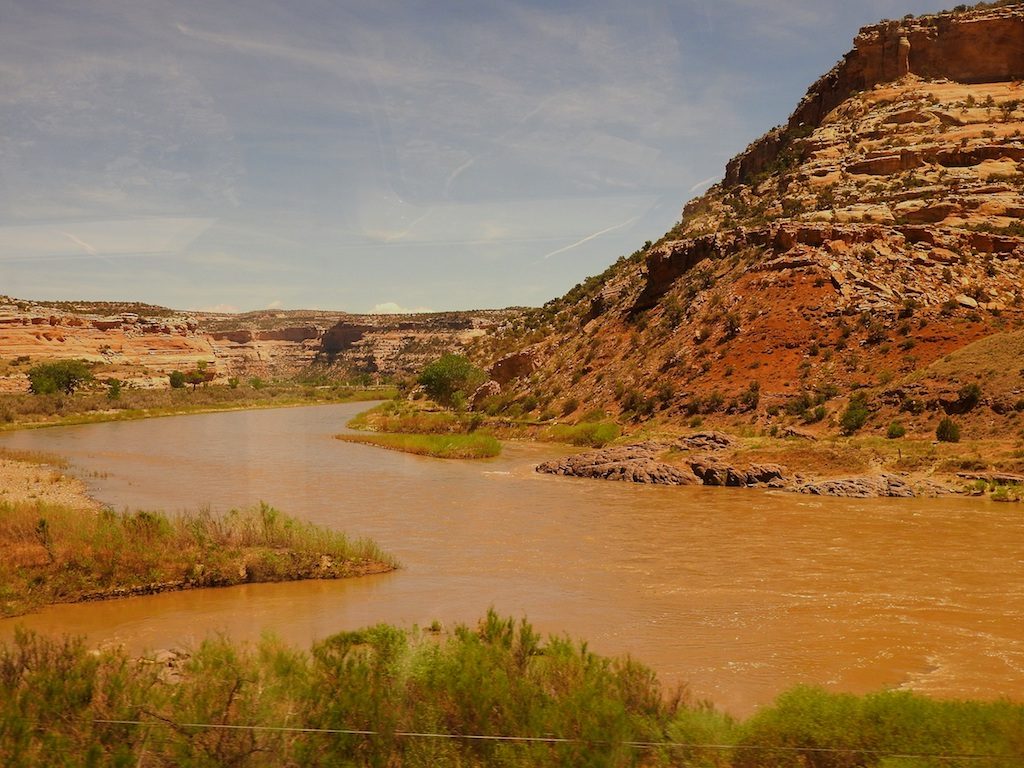
The seats reclined well back, so sleeping was surprisingly easy.
It did help that I didn’t have to share my seat at that stage.
At 4.35am, one hour late, I disembarked at Provo, Utah, a town I knew nothing about but decided to stop there to experience Middle America.
Fortunately, I had booked a cab which was waiting to drive me to my hotel.
It was very dark when I arrived, so after a good sleep I awoke at about 9am and wandered across the road to get supplies.
US hotels don’t believe in supplying tea/coffee making facilities in the rooms.
Perhaps they don’t want to be known as the land of the free tea.
Fortunately there was a bakery across the road.
The trip took me longer than I expected simply because as soon as I copped the view, my eyes binoculated out as in those LoonyTunes cartoons and I was smitten.
Provo is nestled in the Utah Valley, and before me was a most impressive snow-capped series of mountains which had me rushing back to the room for my camera to capture the moment.

The panorama was about as pretty as you could get, and I just had to drink it all in.
Besides, you can’t really eat when your jaw has dropped almost to the ground.
The population of Provo is 80 per cent Latter Day Saints (LDS), or Mormons as we know them.
It is particularly neat and laid out in a common grid system of roads that was designed by Brigham Young himself, the person who led the Mormons to Utah.
All LDS towns have the same design.
I wandered past a building which I reckon was the world’s tidiest police station.
I can’t imagine there’s much crime here, so the cops probably occupy their time by gardening or doing little chores around the station.
Following my camera’s view finder I wandered into the Provo City Centre LSD Temple, where people were queueing up to be married.
Apparently, the temple hosts about 100 weddings every week, although they don’t seem to take very long.

It appeared that only close family members attended the weddings as you have to get permission from your bishop to attend.
The gardens were lovely, ideal for wedding photos, and I had several conversations with guests about universal health care, which the United States doesn’t have.
These were always polite conversations and initiated by the locals.
I got the strong impression that many Americans think that universal health care is a communist plot.
At least shotgun weddings are easy there as everyone seems to have access to a firearm.
The next leg was going to take me to Denver, and from Provo to Denver is where the scenery began to get utterly spectacular.
I got to the station by 3.30am, the time the Californian Zephyr was due to leave Provo.
Unfortunately, the train was stuck between Salt Lake City and Provo because a track had moved.
Amtrak doesn’t own the rails, so it was a three hour wait for it to be fixed.
No Problem. Dawn over Provo was delightful.
We climbed out of the valley, gradually inching up onto a high plateau.
At one stage the climb was so steep we had to make a series of sharp loops and turns in order to gain height.
We were now back in high desert country where there were many spectacular rock formations and higher snow-capped mountains far in the distance.
Because of the altitude the air is very clear so the views are stunning.
Near the Colorado town of Glenwood Springs the train enters the Glenwood Canyon, and follows the Colorado River.
Because I was a friendly Australian, the conductor had told me to move to the observation carriage when we stopped at Glenwood Springs.

The sides of the canyon soar to over 400m above the track, and it is so close that you could almost touch the rocks if you could open the train windows.
This is a most picturesque canyon.
Extraordinarily rugged and quite narrow.
The observation car got packed once we entered the canyon, as you can really only appreciate how truly vertical and inspiring the sides are by looking up through the glass roof.
This 40 km section of the journey was certainly eye-catchingly memorable.
The California Zephyr continued to climb, and we were near some of the United States’ best skiing country, such as Vail and Aspen.
Soon after leaving the Winter’s Park ski area we entered Moffat Tunnel which, at an altitude of 2,816m is the highest point on the whole journey.
The tunnel has a length of 10kms and as soon as we exited we began the descent down to Denver, which is 80kms away.
Although it was dark as we entered Denver’s outskirts, it was a clear night and a blood moon was shining, making for a somewhat eerie entrance into Colorado’s largest city.
Denver’s Union Station has been recently re-vamped.

It is no longer a sterile railway station but a place where people can congregate at restaurants and bars, and shop in an interesting arcade.
They have also turned the top couple of floors into the Crawford Hotel, a comfortable, contemporary place that is easily accessible to many of Denver’s attractions.
I was staying at The Crawford so made myself comfortable and opened the curtains, only to discover that my room was directly above the main concourse and I could easily be seen from below.
Curtains closed, great night’s sleep was had.
This adventure is going to continue next month.






















